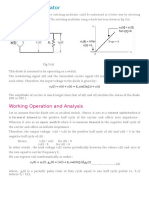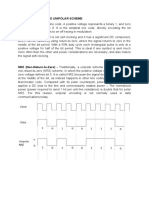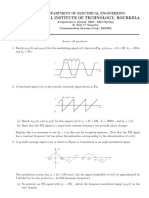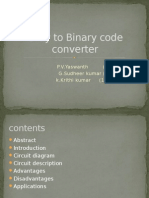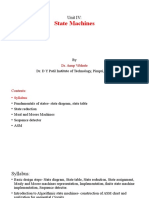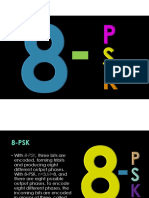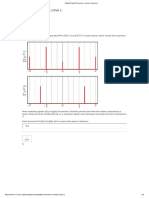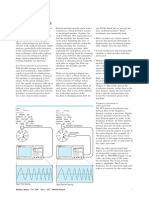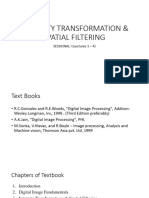0% found this document useful (0 votes)
115 views54 pagesError Detection (Data Communication)
This document summarizes key concepts around error detection and correction. It discusses types of errors like single-bit and burst errors. It also discusses the differences between error detection, which checks for errors, and error correction, which identifies error locations. The document introduces concepts like redundancy, modular arithmetic, block coding, and linear block codes. It provides examples of error detection and correction codes like parity checks, Hamming codes, and cyclic redundancy checks.
Uploaded by
Atif IslamCopyright
© © All Rights Reserved
We take content rights seriously. If you suspect this is your content, claim it here.
Available Formats
Download as PPT, PDF, TXT or read online on Scribd
0% found this document useful (0 votes)
115 views54 pagesError Detection (Data Communication)
This document summarizes key concepts around error detection and correction. It discusses types of errors like single-bit and burst errors. It also discusses the differences between error detection, which checks for errors, and error correction, which identifies error locations. The document introduces concepts like redundancy, modular arithmetic, block coding, and linear block codes. It provides examples of error detection and correction codes like parity checks, Hamming codes, and cyclic redundancy checks.
Uploaded by
Atif IslamCopyright
© © All Rights Reserved
We take content rights seriously. If you suspect this is your content, claim it here.
Available Formats
Download as PPT, PDF, TXT or read online on Scribd
/ 54

